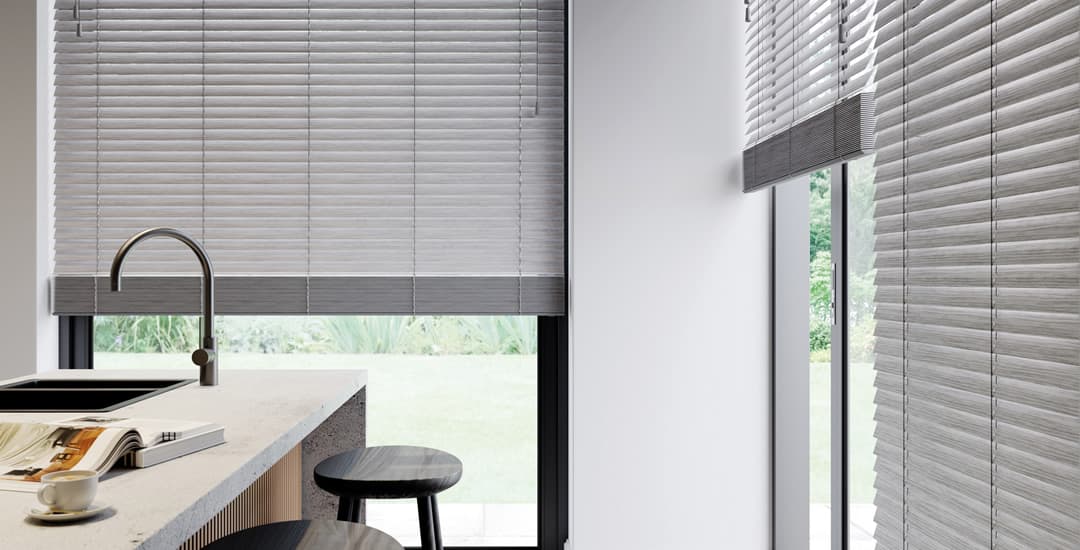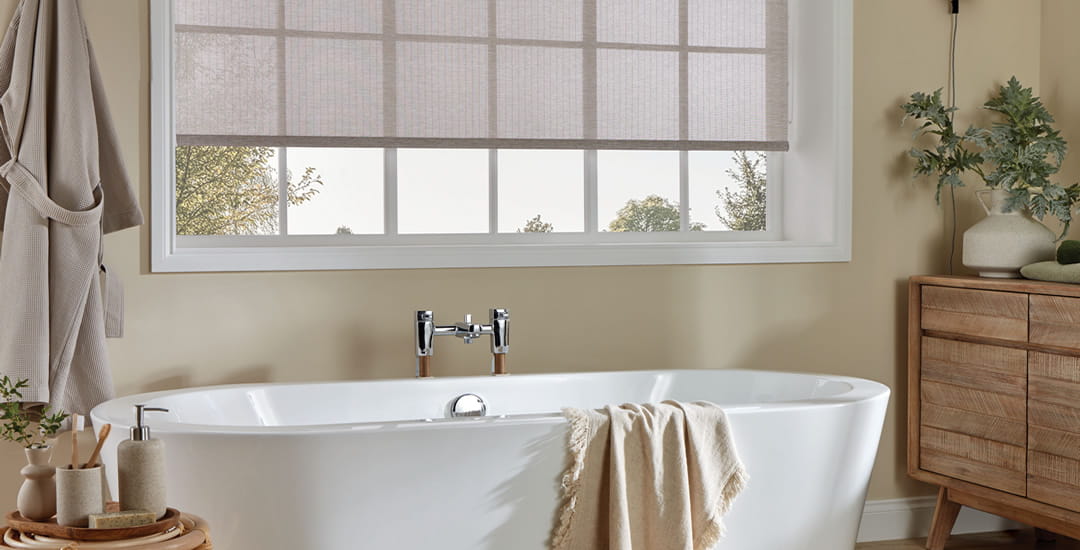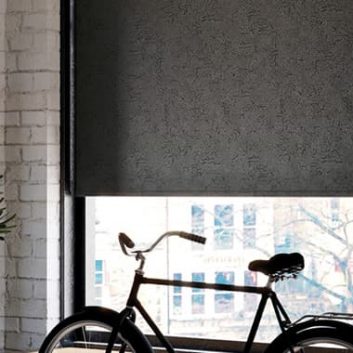
The cost-of-living crisis and particularly, the cost per unit of heating and electricity and the rate at which it has risen, has left many people struggling to pay their energy bills, and most of us are trying to cut our electric and heating spend as far as possible.
This means that even many die-hard tumble dryer enthusiasts have turned to air-drying their washing instead; which is awesome if you can hang your washing outside and so, get it dry and smelling fresh at absolutely zero cost.
But if you either don’t have any means of hanging your washing outside to dry or if the weather is too cold/damp to make this possible, you might have turned to air-drying washing inside instead.
But can you dry your washing in a room with wooden blinds or other non-waterproof blinds without risking damage to the blinds by exposing them to damp?
Well, this isn’t ideal, but then neither is the unit cost of electricity being so high as to make this option unavoidable for many people!
With this in mind, this blog post will provide you with some simple, straightforward information on whether or not damp washing in a room can damage your blinds, and how best to air dry washing indoors if you have blinds, without harming them.
Can air drying washing damage wooden blinds?
Yes, potentially. Wooden blinds aren’t waterproof, and so we don’t recommend using them in rooms that regularly get steamy or damp, such as humid kitchens or bathrooms, or rooms used to dry washing regularly.
Even if they don’t come into direct contact with water, atmospheric moisture will be absorbed by the slats of a wooden blind over time. This can result in warping/bowing of the slats, potential water marking, and even the growth of mould or mildew.
If you do air dry washing in a room with wooden blinds frequently or constantly, this may well cause any or all of these problems to develop over time. How badly, how quickly it happens, and even if it happens at all depends on a range of variable factors, such as how damp/humid the room gets, for how long, how often, and so on!
Does damp washing affect blinds?

Yes, depending on the type of blind. Damp washing/washing that is drying indoors will raise the humidity level in the room as a whole, including on or around the blind. This means that if you have any sort of non-waterproof blind (like a wooden blind, a polyester roller blind, or a Roman blind) moisture will come into contact with the fabric or material of it, and over time, this can cause damage to all of these various different types of blinds.
Again, how fast and how badly will vary, but a room that is almost always drying something or that never really gets a chance to air out will be a worse environment than one that is only used for drying occasionally, and that is well ventilated.
Is it ok to air dry washing in a room with waterproof blinds?
Yes, in terms of this not causing any damage to the blinds. You can use waterproof blinds like PVC or vinyl roller blinds or vertical blinds, and also faux-wood blinds and some others in rooms that will get steamy, damp, humid, condensated, or outright wet, without causing any damage to the blinds themselves.
That said, a high level of dampness/humidity in a room on a regular or ongoing basis can cause other problems not related to the blind, like the formation or mould or mildew in other parts of the room. One idea here is to use thermally insulating waterproof blinds in rooms that you use to dry washing.
Then, close the blind and open the window behind it a crack. This should greatly help with ventilation/allowing damp air out, whilst also helping to reduce the cooling effect of the open window on the room temperature and how fast the washing dries, as the thermally insulating blind serves as a partial barrier between the cold window/draught, and the room at large.
How can I dry washing indoors without damaging my blinds?
First up, if you can, dry your washing in rooms with waterproof blinds, like you will ideally have in the kitchen or bathroom.
Even if this isn’t possible and you don’t have much choice but to dry washing in rooms with non-waterproof blinds, there are a few steps you can take to reduce the level of dampness in the room and to both help to protect your blinds and the room as a whole, as well as speeding up the time it takes to dry your washing!
- Ensure that the room is well ventilated, opening windows as needed. A room that gets very condensated because water vapour from the washing can’t escape will pose more risk to your blinds, and also, make drying times longer. Even if you only open one window a crack, this is better than sealing the room; and if possible, open the windows fully later to air the room thoroughly when the washing is dry and put away.
Overall though, there are three main things that you can do that together, help to reduce the level of damp caused by air-drying washing indoors and so, help to protect your blinds:
- Consider using a heated airer to dry your washing; these became really popular towards the end of winter 2022-2023, as they greatly speed up the time it takes to air dry washing, but at a fraction of the cost of a tumble dryer cycle.
- Put a fitted bed sheet over the top of the airer with the washing under it, to form a kind of bubble to maximise the efficiency of the warmth helping to dry the clothes.
- Finally, add a small plug-in dehumidifier underneath the airer of washing, with that sheet over the top of it all to condense water vapour so it heads down towards the dehumidifier rather than out into the room so much.
Allow the room and blinds to dry out thoroughly when you’re done too; avoid continually drying washing and having the room permanently damp, and also, close or lower the blind to its full extent when you’re done to allow it to fully air and dry out, rather than leaving it damp with residual moisture.
If you do use one room to dry washing regularly or semi-regularly, you might want to leave that small dehumidifier working away all the time too; these are very inexpensive to run, essentially consisting of just a small, powered fan.




